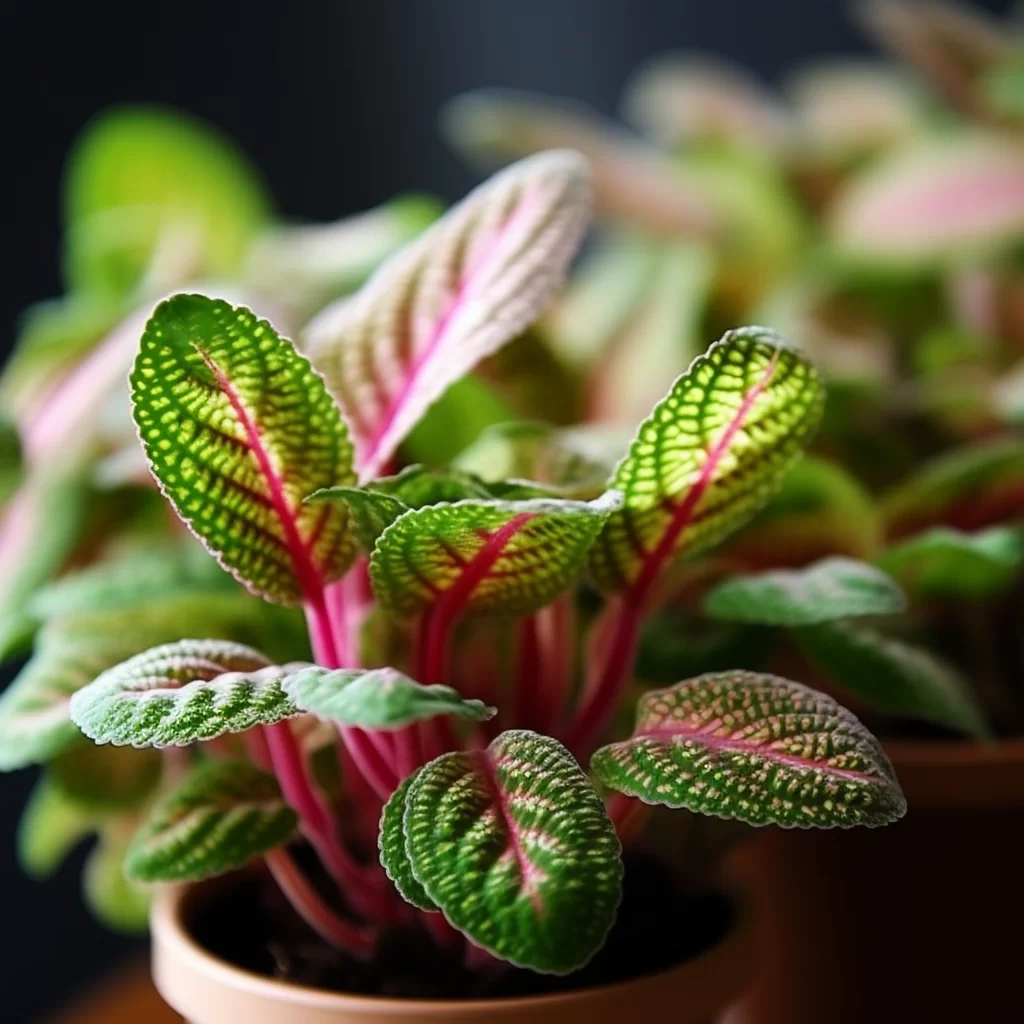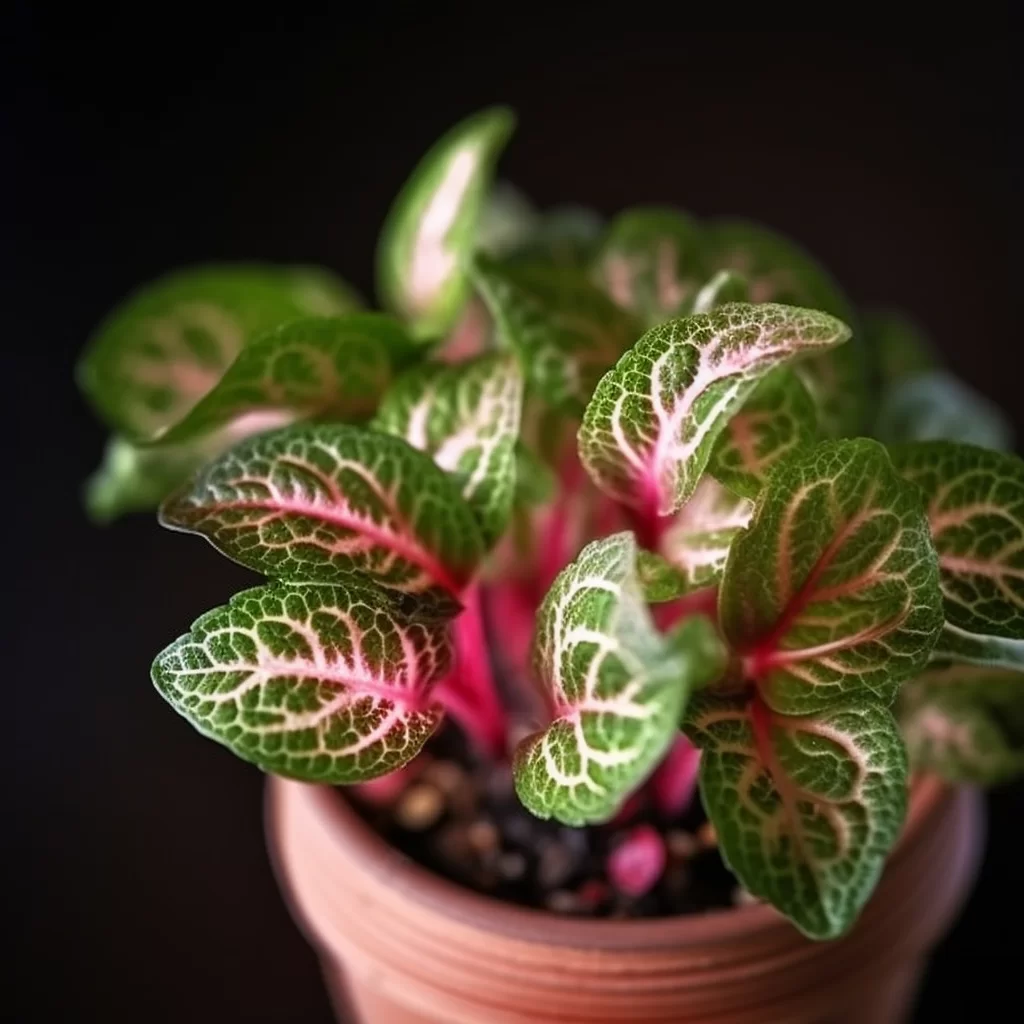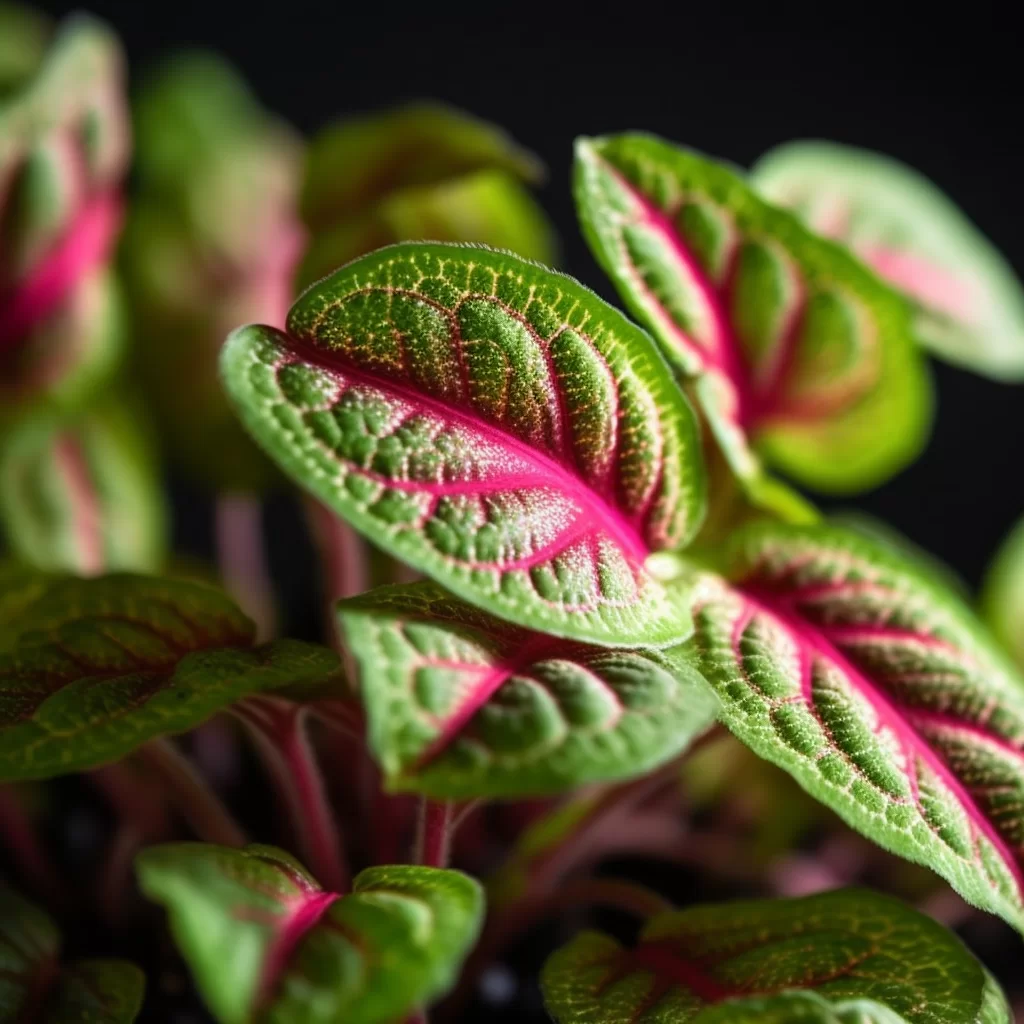Story of Day :
Contents
The Complete Guide and Care Tips on Fittonia Nerve Plant
If you’re someone who loves plants but struggles to keep them alive, the fittonia nerve plant might be just what you need.
With its stunning foliage and air-purifying properties, this plant is perfect for anyone who wants a low-maintenance option that still packs a visual punch.
Whether you’re an experienced gardener or just starting out with houseplants, the fittonia nerve plant is sure to be a great addition to your home.In this article, we’ll explore everything you need to know about caring for these beautiful plants.
From tips on watering and light requirements to advice on keeping pests at bay, we’ll cover all the basics so you can keep your fittonia nerve plant thriving.
So if you want a gorgeous houseplant that’s easy to care for and good for your health too, look no further than the fittonia nerve plant!
What is Fittonia Nerve Plant?
The fittonia nerve plant is a stunning tropical houseplant that hails from South America.
This unique plant belongs to the Acanthaceae family and can grow up to 6-12 inches tall.
What makes this plant stand out from other houseplants are its beautiful patterned leaves that come in an array of colors including green, pink, white or red.
The leaves are oblong in shape and feature prominent veins running through them which gives it the moniker ‘nerve’ plant. Aside from being an eye-catching addition to any indoor space, the fittonia nerve plant is relatively easy to care for.
Aside from being an eye-catching addition to any indoor space, the fittonia nerve plant is relatively easy to care for.
It thrives in moist soil with indirect sunlight, making it ideal for those who may not have a green thumb or ample natural light in their homes.
With proper care, this charming little plant can add some much-needed color and life into any room!
Care Tips for Fittonia Nerve Plant
- Light: The fittonia nerve plant prefers bright but indirect light.
Direct sunlight can scorch their delicate foliage so place them near east or north-facing windows where they get moderate sunlight.
- Water: This tropical beauty loves moist soil but not waterlogged conditions as it can cause root rot.
Water your fittonia when the top inch layer of soil feels dry to touch but avoid letting it dry out completely.
- Humidity: Being native to rainforests means this plant thrives in humid environments.
If your home has low humidity levels (<40%), consider using a pebble tray or misting its leaves regularly with water.
- Temperature: The fittonia nerve plant prefers warm temperatures between 60-80°F (15-27°C).
Avoid placing it in drafty areas or near air-conditioning vents.
- Fertilizer: Feed your fittonia nerve plant with balanced liquid fertilizer once a month during its growing season (spring and summer).
Common Problems with Fittonia Nerve Plant

Taking care of the fittonia nerve plant is a breeze, however, as with any other houseplant, it may encounter some difficulties.
Generally speaking, this gorgeous plant is a low-maintenance one that can thrive in most indoor settings.
Nevertheless, if you notice your fittonia’s leaves turning yellow or brownish and wilting more often than usual, it might be an indication that there is something wrong.
If you’re dealing with such problems or others like pests infestations and over-watering issues, there are simple solutions to help bring your plant back to life.In summary, the fittonia nerve plant isn’t generally finicky when it comes to its upkeep requirements.
Yet troubles can arise from time to time due to various factors such as unfavorable lighting conditions and inappropriate watering techniques.
Fortunately enough though resolving these issues doesn’t require much effort or expertise.
With some patience and the right approach towards addressing the underlying causes of these problems promptly – your beloved fittonia will continue basking in all its glory for many years to come!
- Brown tips on leaves: This could be due to the low humidity levels or over-fertilization.
Trim off the brown tips and adjust the watering and fertilizing routine accordingly.
- Drooping Leaves: This indicates either under-watering or overwatering of the plant.
Check the soil moisture level and adjust watering frequency as required.
- Pest infestation: Fittonia nerve plants are susceptible to pests such as spider mites, mealybugs, and scale insects.
Regularly inspect your plants for any signs of infestation and treat them promptly using organic insecticides or neem oil spray.
Potting Fittonia Nerve Plant

If you have a Fittonia nerve plant, it’s important to know the best way to pot it.
Using a well-draining potting mix is key because this type of plant needs moisture but excess water can cause root rot.
Adding perlite, sand or peat moss can help improve soil drainage and aeration, which is beneficial for your plant’s growth.
To keep your Fittonia healthy and thriving, re-pot it every year during spring if you see its roots outgrowing their current container.When caring for your Fittonia nerve plant, potting it correctly plays a significant role in its overall health.
Opting for a well-draining potting mix will prevent root rot while still retaining necessary moisture levels.
You can also add perlite, sand or peat moss to enhance soil drainage and increase air circulation for optimal growth.
Keeping an eye on the size of your Fittonia’s roots is important since they tend to outgrow their container annually; therefore, re-potting once per year during spring ensures that they have enough space and nutrients to thrive in their new environment.
In Conclusion
The fittonia nerve plant is a fantastic choice for anyone who wants to add some greenery to their home without the need for constant attention.
Not only is this plant visually appealing, but it’s also low-maintenance, making it perfect for those who are always on-the-go.
With its lush foliage and air-purifying properties, the fittonia nerve plant can enhance any indoor space and provide a calming atmosphere. To keep your fittonia nerve plant healthy and happy, make sure you water it regularly and provide moderate sunlight.
To keep your fittonia nerve plant healthy and happy, make sure you water it regularly and provide moderate sunlight.
It’s also essential to maintain optimal humidity levels by misting its leaves or placing a tray of water near the plant.
With these simple care tips, you can enjoy your fittonia nerve plant for years to come while adding charm to any room in your home.
Happy planting!